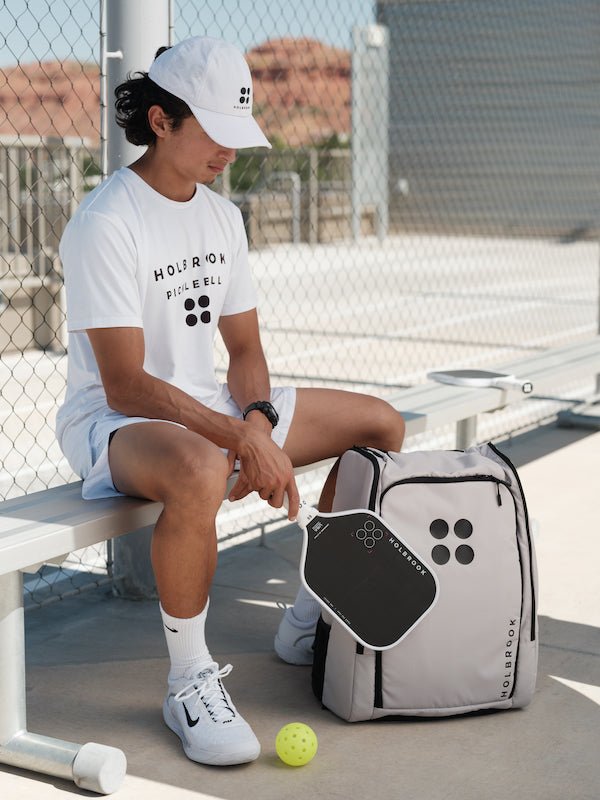The non-volley zone, affectionately known as "the kitchen," is a crucial area on the pickleball court that significantly influences the flow and strategy of the game. Understanding and mastering the rules associated with this zone can give singles players a competitive edge. This blog delves deeper into the nuances of single kitchen rules in pickleball, offering insights on how to skillfully maneuver within this area to enhance your gameplay.
Understanding the Kitchen
At its core, the kitchen is a 7-foot-wide space that runs parallel to the net on both sides of the court, serving as a no-volley zone. This area is designed to prevent players from executing smashes from a position too close to the net, thus maintaining a balanced playfield. The restrictions imposed by the kitchen require players to approach the game with a blend of tactical awareness and physical dexterity.
Detailed Single Kitchen Rules
-
Double-Bounce Rule: A foundational rule of pickleball, the double-bounce rule, requires the ball to bounce once on each side of the court before volleys are permitted. This rule is pivotal in singles play, as it sets the stage for longer rallies and strategic positioning.
-
No-Volley Zone Violation: Engaging in a volley from within the kitchen is a violation. This rule underscores the importance of strategic shot placement, compelling players to think several moves ahead.
-
Foot Faults: The integrity of the kitchen's boundary is maintained through foot fault rules. Players venturing into the kitchen before the ball has bounced on both sides of the net commit a fault, emphasizing the need for precise footwork and spatial awareness.
-
Recovery and Movement: Players are allowed to move through the kitchen for shots that bounce within this zone, provided they do not perform a volley. The ability to quickly recover and reposition outside the kitchen is crucial for effective defense and counterplay.
-
Scoring Dynamics: The kitchen also plays a role in the scoring dynamics. Any contact with the ball while the player or their equipment is in the kitchen results in a point for the opponent. This adds a layer of caution to movements and shots near the net.
Strategies for Effective Kitchen Play
-
Mastering Dink Shots: Dink shots, or soft, arc shots that land in the kitchen, are essential for drawing opponents forward and creating openings. Precision and control are paramount in executing effective dinks that can turn the tide of a rally.
-
Strategic Positioning: Positioning just behind the kitchen line allows players to cover the court effectively while staying ready to move forward for dinks or retreat for lobs. The key is to maintain a stance that allows for agility and quick adjustments.
-
Patience and Timing: The kitchen game is often a test of patience and timing. Players must discern when to initiate a volley, when to dink, and when to let the ball bounce. Those who can strike the right balance between aggression and restraint usually find success.
-
Forced Errors and Pressure: Applying pressure by consistently placing the ball in challenging positions for your opponent can lead to forced errors. Use the kitchen to your advantage by varying shot types and aiming for the corners of the no-volley zone.
Conclusion
The kitchen's strategic importance in pickleball cannot be overstated. Mastery of the rules and tactics associated with this zone can significantly enhance a player's game, turning the kitchen from a mere section of the court into a powerful tool for victory. Whether you're refining your dink shots, perfecting your footwork, or strategizing your next move, understanding the single kitchen rules is a step toward pickleball proficiency. Embrace the complexity and strategic depth the kitchen adds to the game, and let it guide you to new levels of skill and enjoyment on the court.




